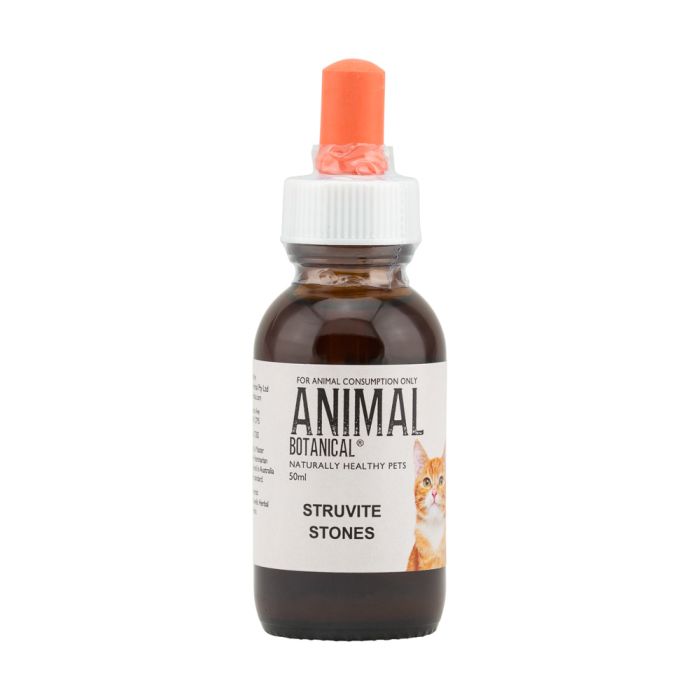
Struvite Stones Support
For product information please contact our practitioners. info@mcdowellsherbal.com
$41.95
Product Information
Description
For product information please contact our practitioners. info@mcdowellsherbal.com
Volume
50ml
How do I use it?
Dosage 5 drops twice daily with a strong smelling food such as sardines.
How is it taken?
For Animal Oral Use Only
What's in it?
Dandelion, Echinacea, Equisetum, Garlic, Pellitory of the Wall, Rosehips, Uva Ursi, Dr Bach Flowers; Agrimomy, Mimulus, Rescue Remedy, Willow.
Disclaimer
McDowells animal products are not intended to replace veterinary care or medication. Our supplements are offered as support for your animal’s condition and not as a cure. All our oral supplements are to be consumed voluntarily by your animal in food, treats or liquid. Seek veterinary advice should symptoms persist.
FOR ANIMAL USE ONLY
FOR ANIMAL USE ONLY
Reviews
5
Review by
Carolyn
Rescue Cats
Running a Cat rescue we quite often see bladder issues. This product and others for the bladder have been our go to for years, as it works fast,is reliable, and is quite palatable, making an easy product to administer. Results are fast, which is very comforting to the Cats and us. Delivery is reliable and the service is second to none for the advice & support we receive from this company.
I highly recommend this product & company. Dennis is our latest & youngest needing this product. Back to being a happy playful lad in no time-his new Owners are very relieved and grateful.
Thankyou
I highly recommend this product & company. Dennis is our latest & youngest needing this product. Back to being a happy playful lad in no time-his new Owners are very relieved and grateful.
Thankyou
4
Review by
My Cat
Struvite Stone Support
I have used these drops on my pet cat for the last 2 years after he had an extremely bad case of stones, which ended up costing nearly $2000 in vet fees.
He still had a lot of inflammation and some blood in his urine for a few months after the operation. I decided to give these drops a go and have been very impressed as vet gave him the all clear after just a couple of weeks on the drops.
I am also impressed with the excellent service and helpful information that is provided .
Will keep my cat on theses drops as a preventative measure from now on
Thank you !
He still had a lot of inflammation and some blood in his urine for a few months after the operation. I decided to give these drops a go and have been very impressed as vet gave him the all clear after just a couple of weeks on the drops.
I am also impressed with the excellent service and helpful information that is provided .
Will keep my cat on theses drops as a preventative measure from now on
Thank you !
